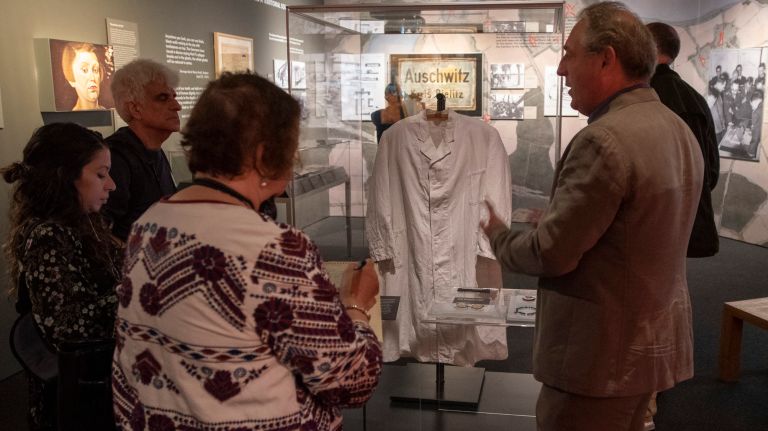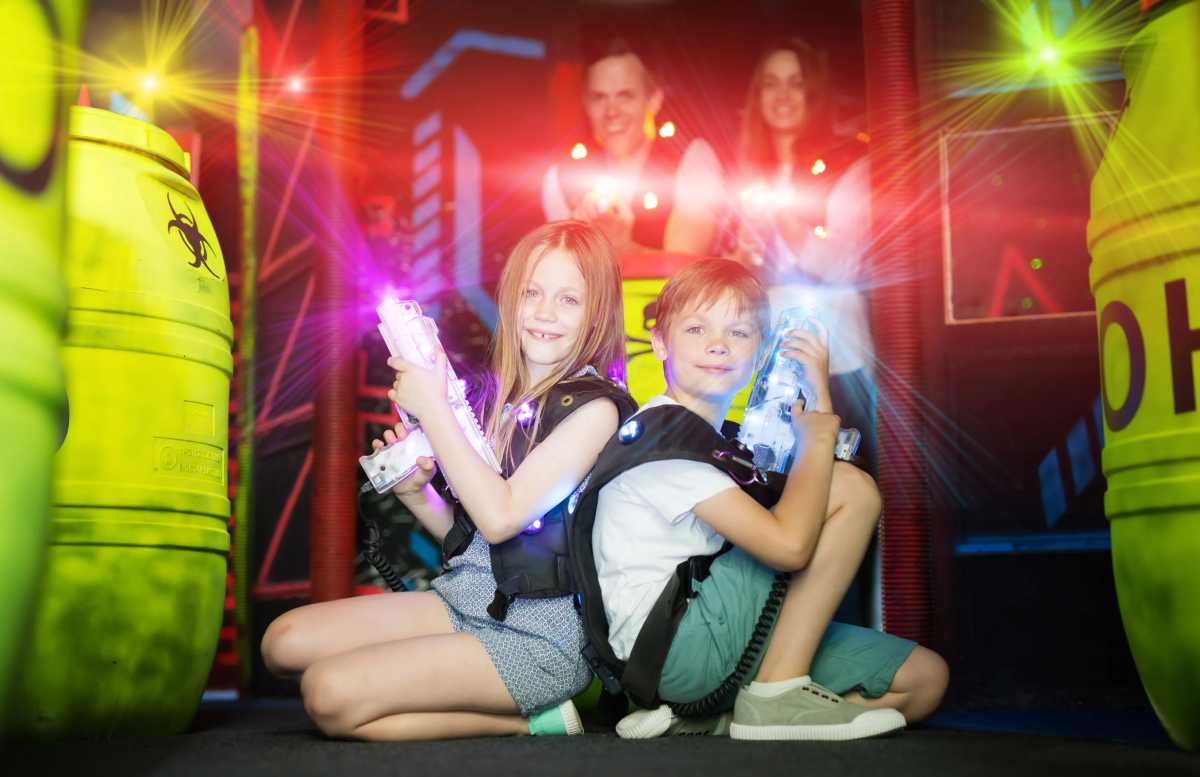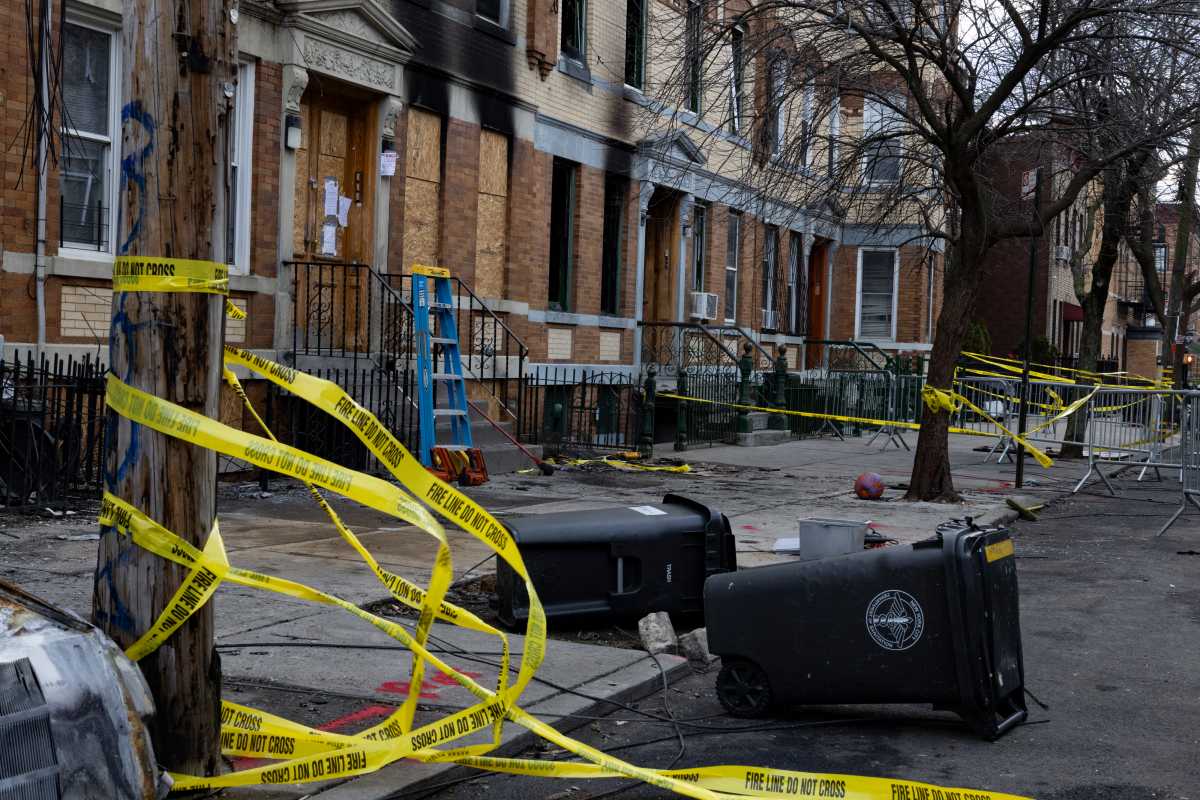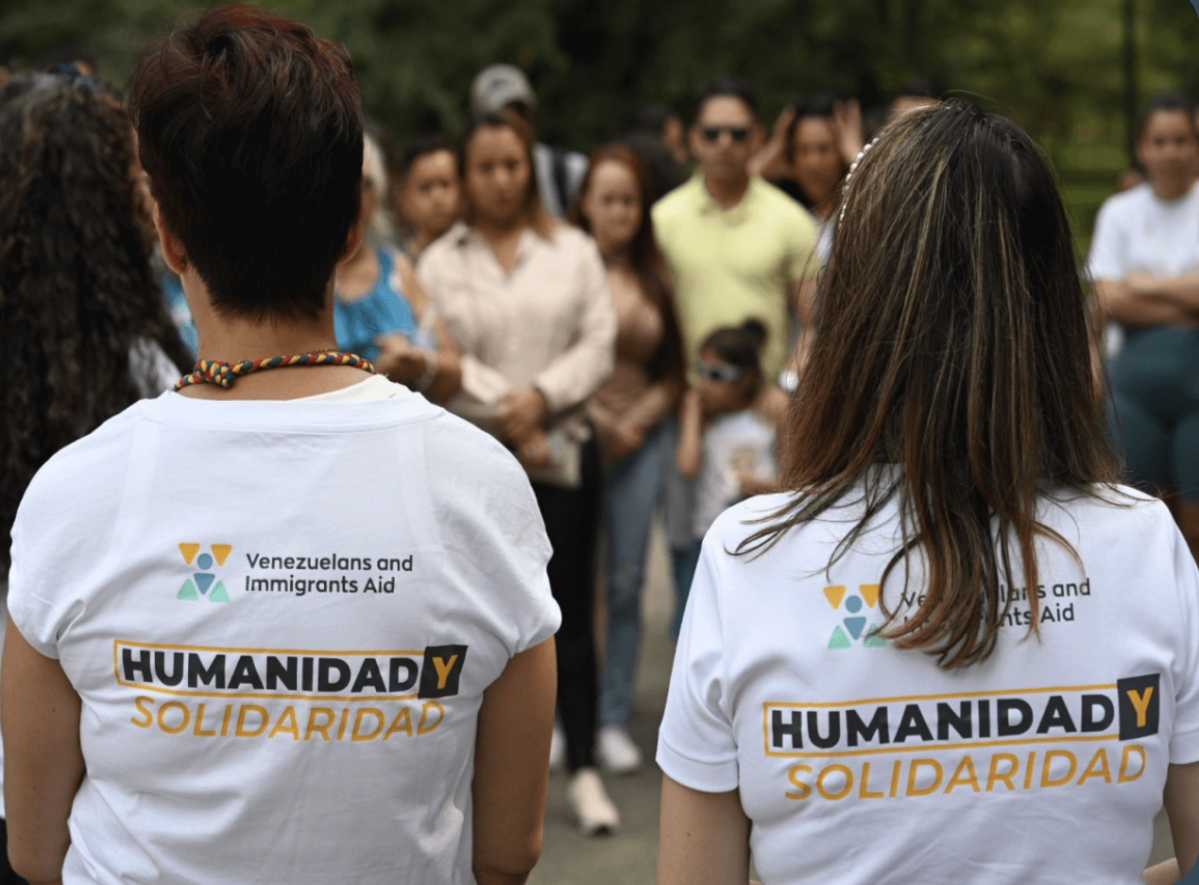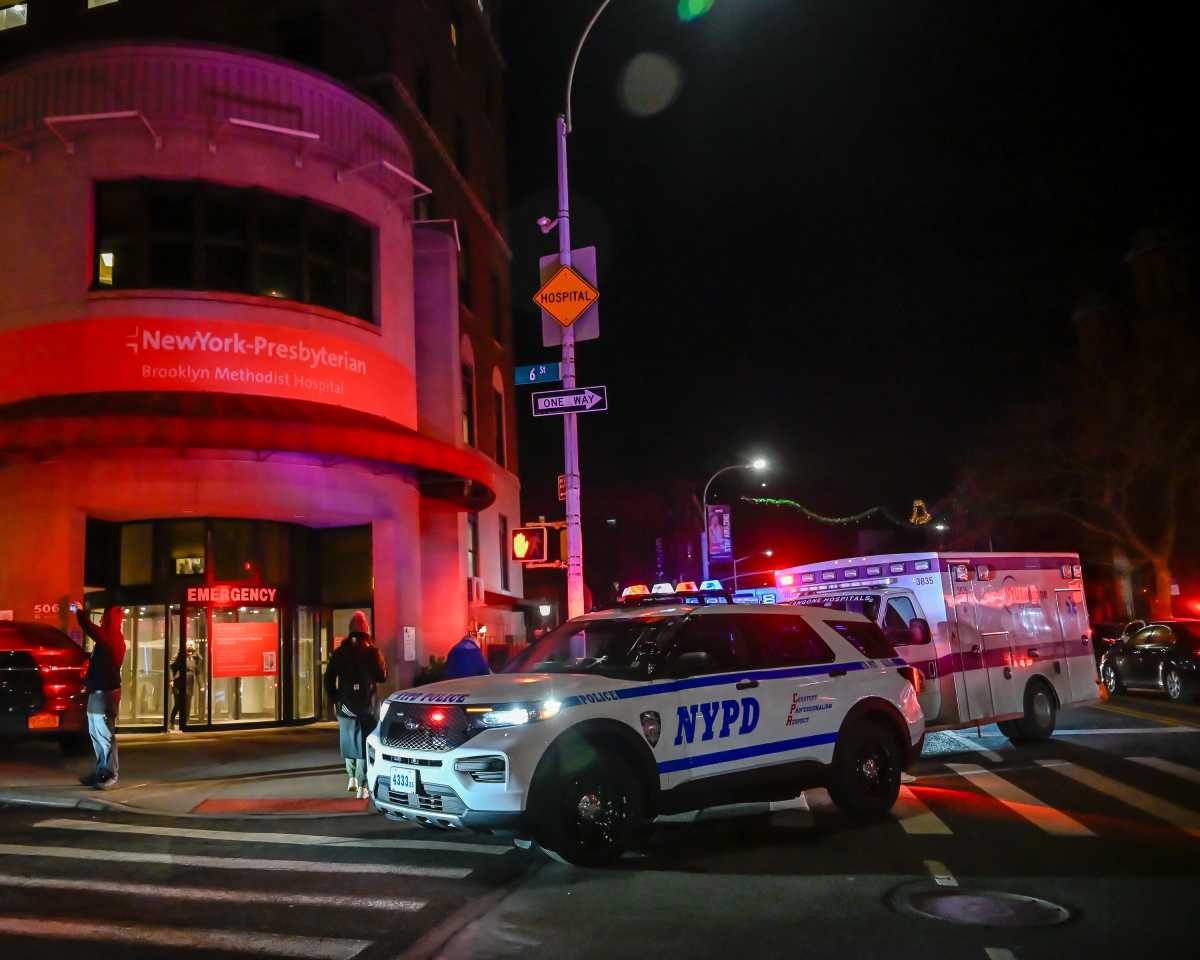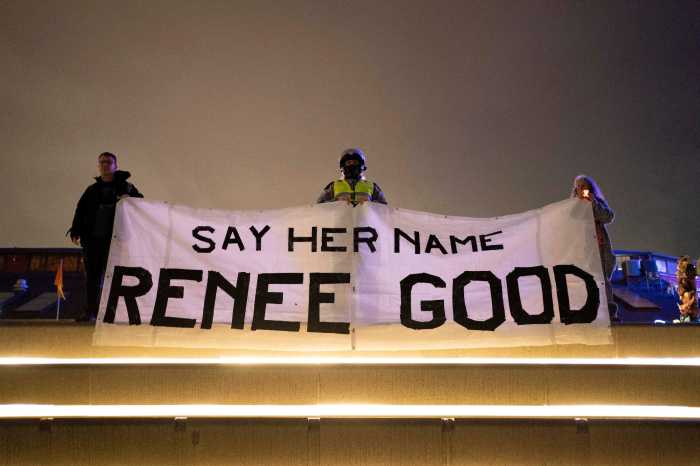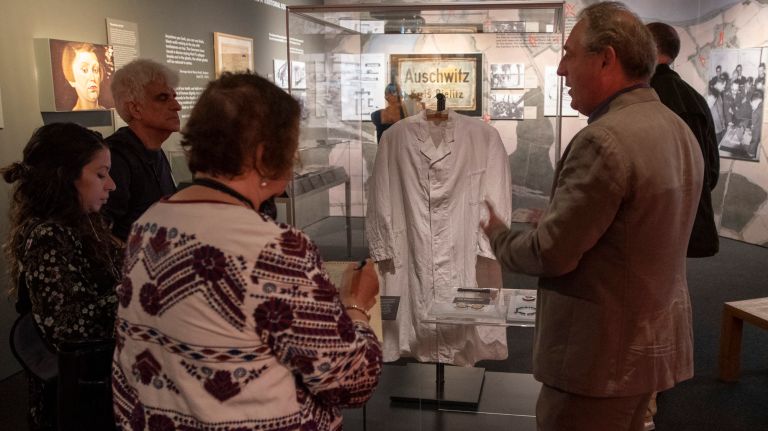
Not far from the parks and gardens of Battery Park City lurks a husk from history’s nightmares.
The windowless boxcar outside the Museum of Jewish Heritage was built some time between 1910 and 1927, and was used by the Third Reich during World War II. There is no evidence that this specific vehicle was used to transport European Jews to Nazi extermination camps, but it is identical to those that did. Its presence and weight hit you in a way that no replica could.
“Auschwitz. Not long ago. Not far away.”, a new exhibit occupying three floors of the 20-year-old museum through Jan. 3, features over 700 original objects and 400 photographs. But it has one primary mission: to educate.
“Anti-Semitism and hatred should be gone and past, but we must redouble our efforts, especially with the younger generation,” the museum’s chair, Bruce Ratner, said during a press preview last week. “[In] the exhibit you will see the famous poem by Martin Niemöller ‘First they came…’: It answers the biggest question, ‘how could this happen?’”
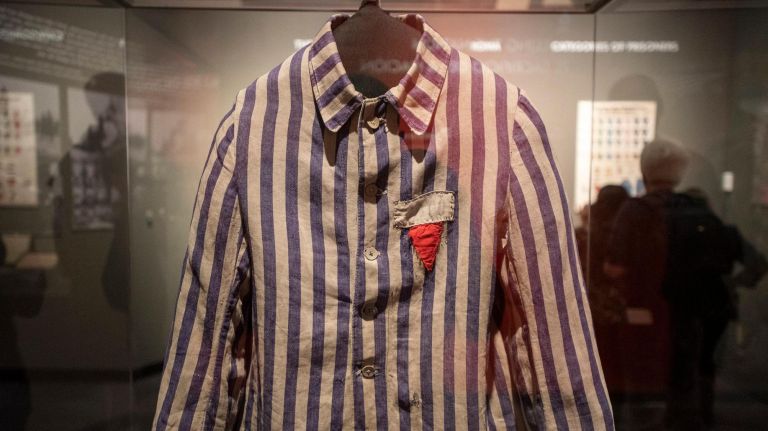
World Jewish Congress leader Ronald Lauder cited recent polls suggesting two-thirds of millennials don’t know about the Holocaust and addressed the rise of so-called populism in Europe.
“This must be fought; there’s nothing we can do but let people see the horrors of Auschwitz,” he said.
The exhibit pulls no punches. Upon entering, an audio guide does what it can to prepare you for “the darkest chapter in history” and “complete inhumanity.” One faces concrete pillars and barbed wire brought over from the extermination camp in Nazi-occupied Poland and, again, the difference between reading about these things and seeing them is made abundantly clear.
Auschwitz, the most famous Nazi camp, is a microcosm for the attempted destruction of the European Jews (6 million of which were killed), but the site itself served many functions before it became a factory of death. It held Soviet prisoners of war, exploited slave labor on behalf of IG Farben and then, once engineers devised the cruel use of gas chambers and furnaces, it was where nearly 1 million Jews and thousands of others were murdered.
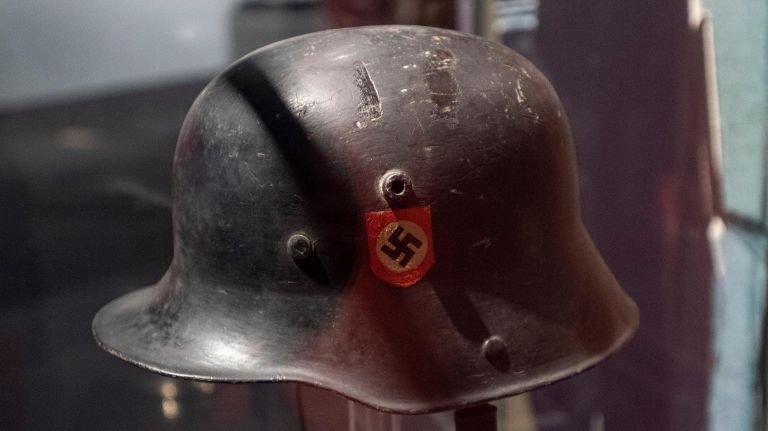
This exhibit is comprehensive. The town, known as Oświęcim in Polish, dates back to the Middle Ages. Jews were a part of its society for centuries, with some merchants making use of its well-situated train station for trade. Artifacts from 19th century Jewry give little hint of what is coming.
We see the roots of anti-Semitism, World War I and the rise of the Nazi Party, connecting the dots as best as one can to explain how hatred and violence can manifest itself as state-sponsored policy.
The museum’s interim president and CEO Jack Kliger feels the artifact with the most resonance is a 16th century edict stating Jews must wear an identifying symbol, a precursor to the yellow star of the Nazi era. The proclamation was given to Hermann Göring by Reinhard Heydrich as a birthday present, as if to suggest they were on the right path. Now it sits under glass in a museum analyzing cruelty and hate.
It is alongside anti-Semitic children’s books, propaganda posters and a screen showing Leni Riefenstahl’s “Triumph of the Will.” Then we see the result of political scapegoating: xenophobia, bloodshed and the systematic destruction of a people unmatched in human history.
Though “highlights” is hardly an appropriate term, the exhibit includes a drawing of mandalas made by Anne Frank and the trumpet belonging to Louis Bannet, the “Dutch Louis Armstrong.”
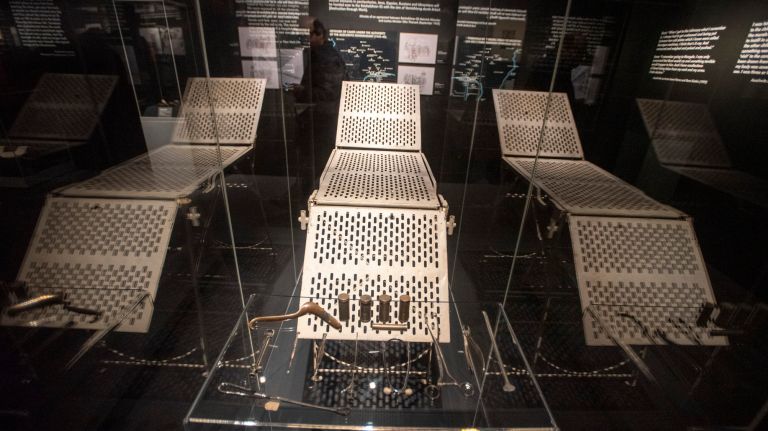
Some areas are especially wrenching, such as displays of ovens that were able to burn 4,416 corpses per day and medical equipment similar to that used by Dr. Josef Mengele. There is a section devoted to the treatment of children. A third floor room focused on persistence and resistance is situated under a skylight, offering a temporary respite.
Kliger said the museum has raised funds to bring in 100,000 schoolchildren. (Over half of the 25,000 pre-sold tickets are for class trips.) Specialized tours have been devised by age group, the youngest for age 11.
Few Jews don’t have a family connection to the Holocaust. And few New Yorkers, if they aren’t Jewish themselves, don’t have a Jewish friend, co-worker or neighbor. Though not exactly a fun day out, “Auschwitz. Not long ago. Not far away.” is a rewarding experience. It begins with the cattle car out front, but the conclusion, on the third floor facing New York Harbor, reveals the Statue of Liberty, still a worthy symbol of light against darkness.
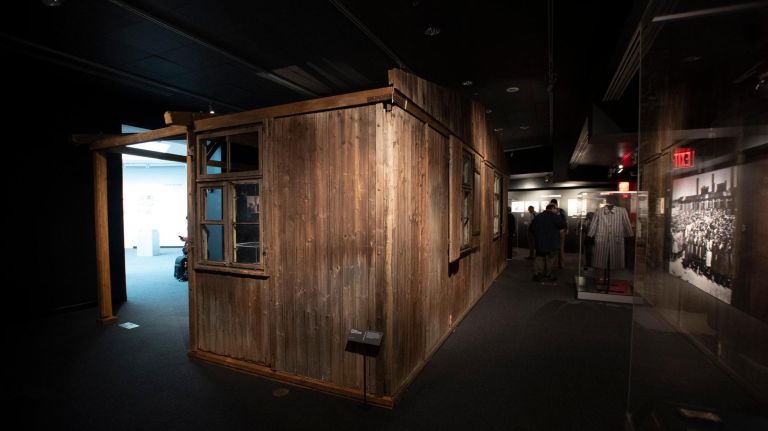
"Auschwitz. Not long ago. Not far away." is on view at Museum of Jewish Heritage through Jan 3. More: mjhnyc.org.



